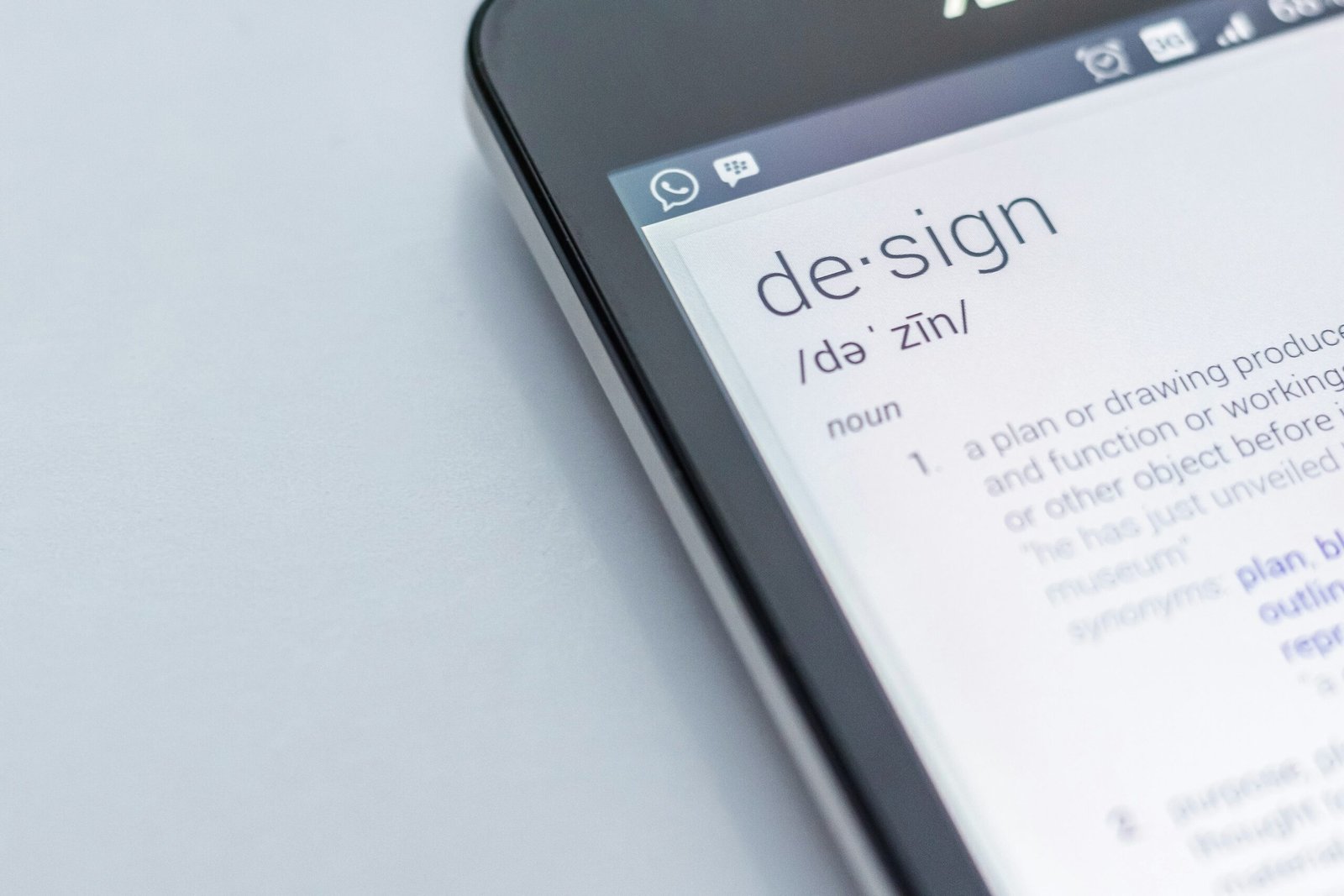User interface (UI), user experience (UX), customer experience (CX), and service design are terms that are often used interchangeably, but they each have their own distinct meanings and purposes. In order to better understand these concepts, let’s define each one using analogies.
User Interface (UI):
Think about your favorite video game. The user interface is like the controller you use to interact with the game. It includes the buttons you press, the menus you navigate, and the commands you input. Essentially, the UI is the means by which you interact with software or a digital device. It encompasses the combination of screens, controls (such as buttons), icons, and layout that you use when interacting with a digital product.
User Experience (UX):
Now, consider how you feel when you’re playing that video game. Is it intuitive and enjoyable, or do you find yourself getting frustrated trying to figure out how to progress? UX is all about the emotions and attitudes a user has when interacting with a system. It goes beyond just usability and focuses on factors such as fun, efficiency, and overall satisfaction in the interaction. UX aims to create a smooth and seamless experience for the user.
Customer Experience (CX):
Imagine you’re shopping online for a new pair of headphones. Customer experience encompasses every aspect of your interaction with the company selling the headphones. It includes how easy it is to navigate the website or real-world store, the communication from the company regarding your order, the speed of product delivery, and how well the product meets your expectations. CX takes a holistic view of the customer’s end-to-end journey with a company and its products or services. It aims to provide a positive and satisfying experience at every touchpoint.
Service Design:
Now, let’s compare service design to planning a big party. When organizing a party, you have to consider the guests, their preferences, the flow of the event, and how to ensure everyone has a great time. Service design follows a similar process, but instead of a party, it focuses on designing services with a user-centric approach. It involves planning and organizing the various components of a service, such as people, infrastructure, communication, and material aspects, to improve its quality, enhance the interaction between the service provider and customers, and ultimately enhance the customer’s experience.
In summary, UI, UX, CX, and service design are all related to the user’s experience but have different focuses and scopes. UI refers to the means of interaction with a digital product, while UX encompasses the emotions and attitudes a user has during that interaction. CX takes a broader view, considering the entire customer journey with a company and its products or services. Service design, on the other hand, involves planning and organizing services to ensure a positive user experience. Understanding the distinctions between these terms can help businesses and designers create better products and services that meet the needs and expectations of their users.











Leave a Reply